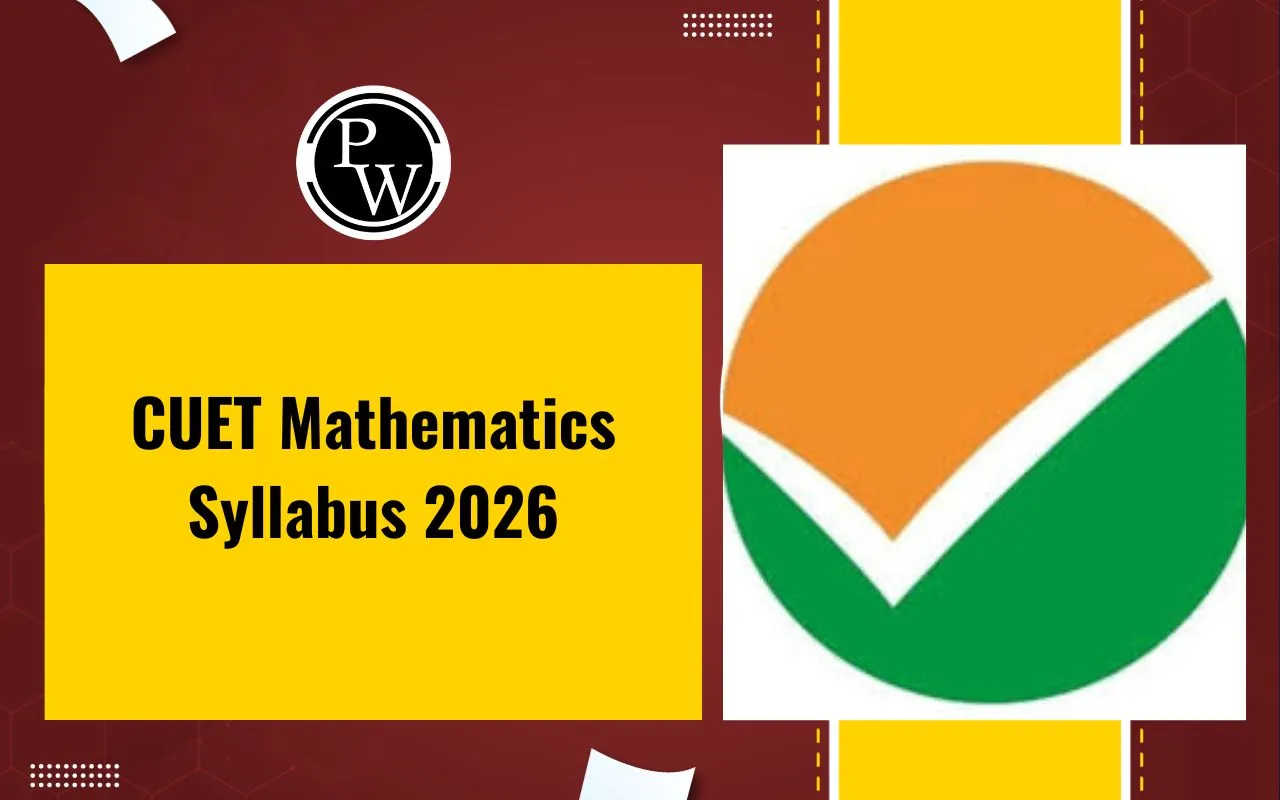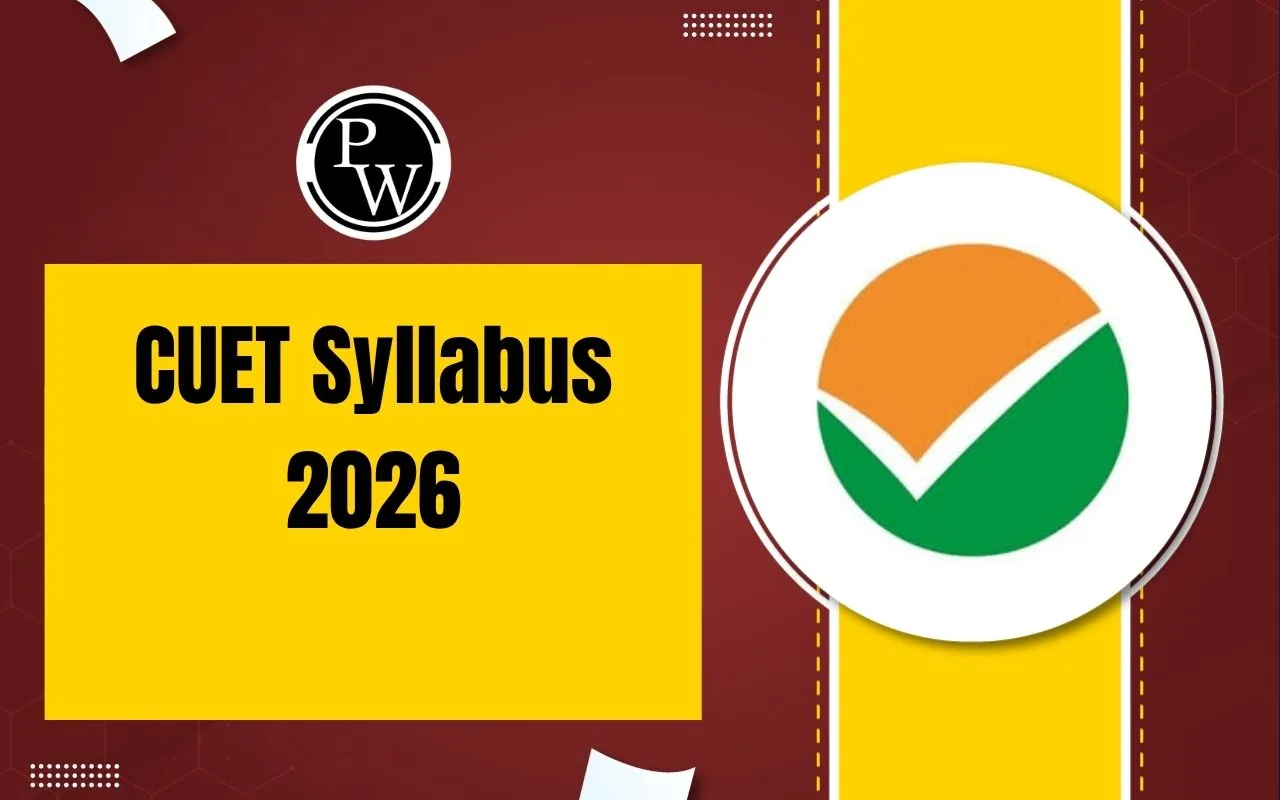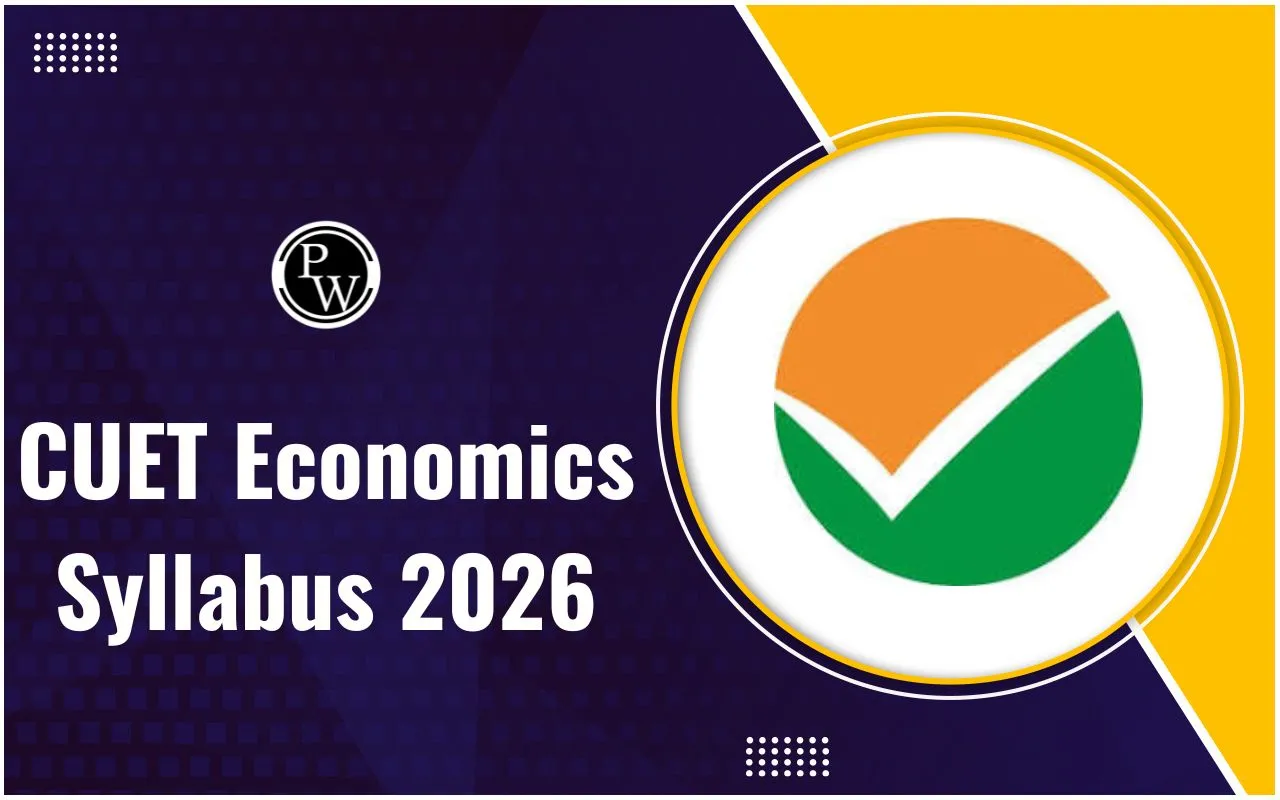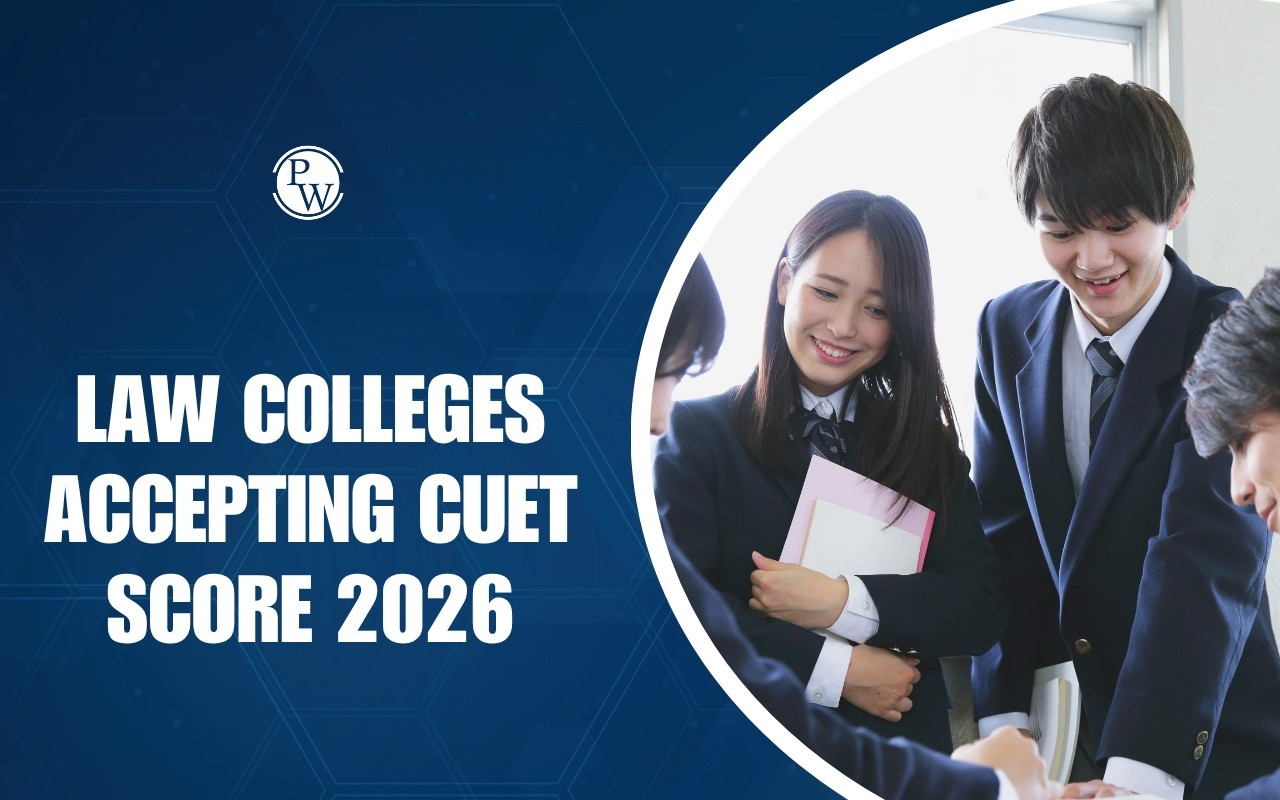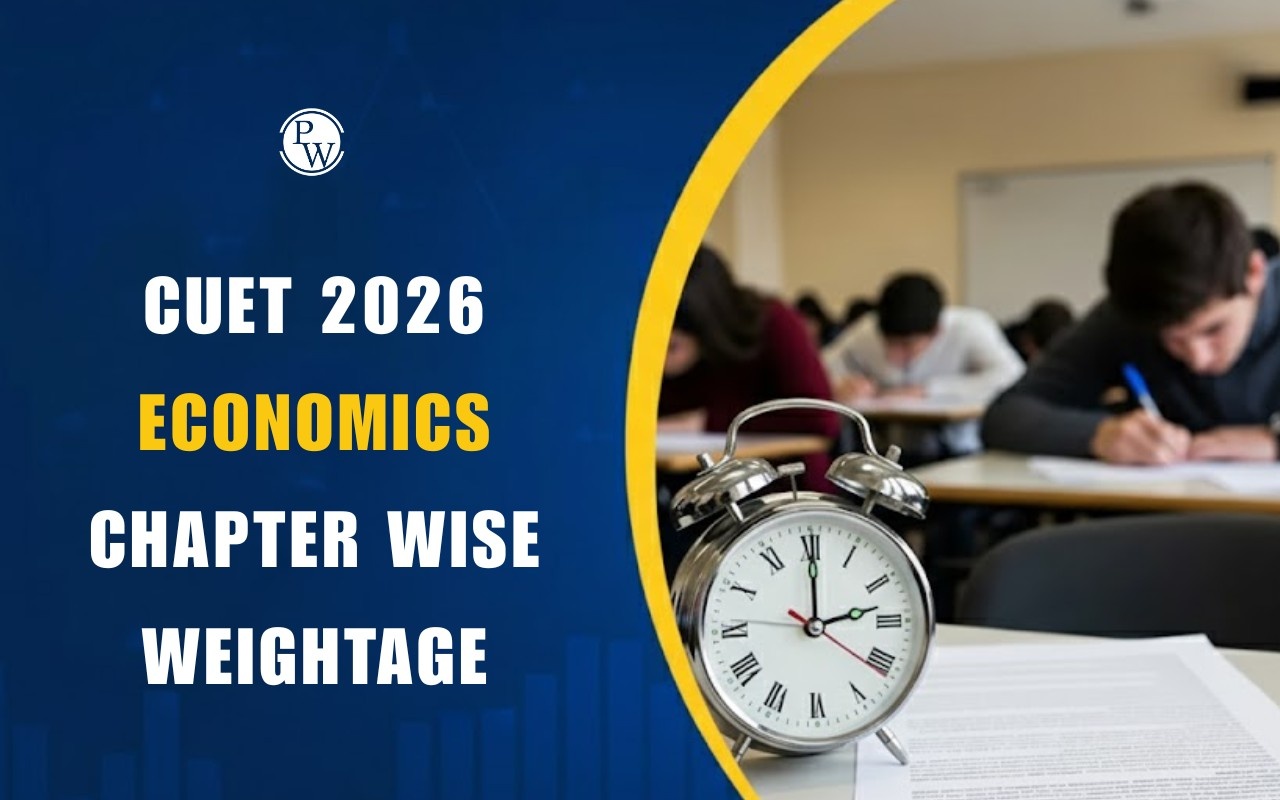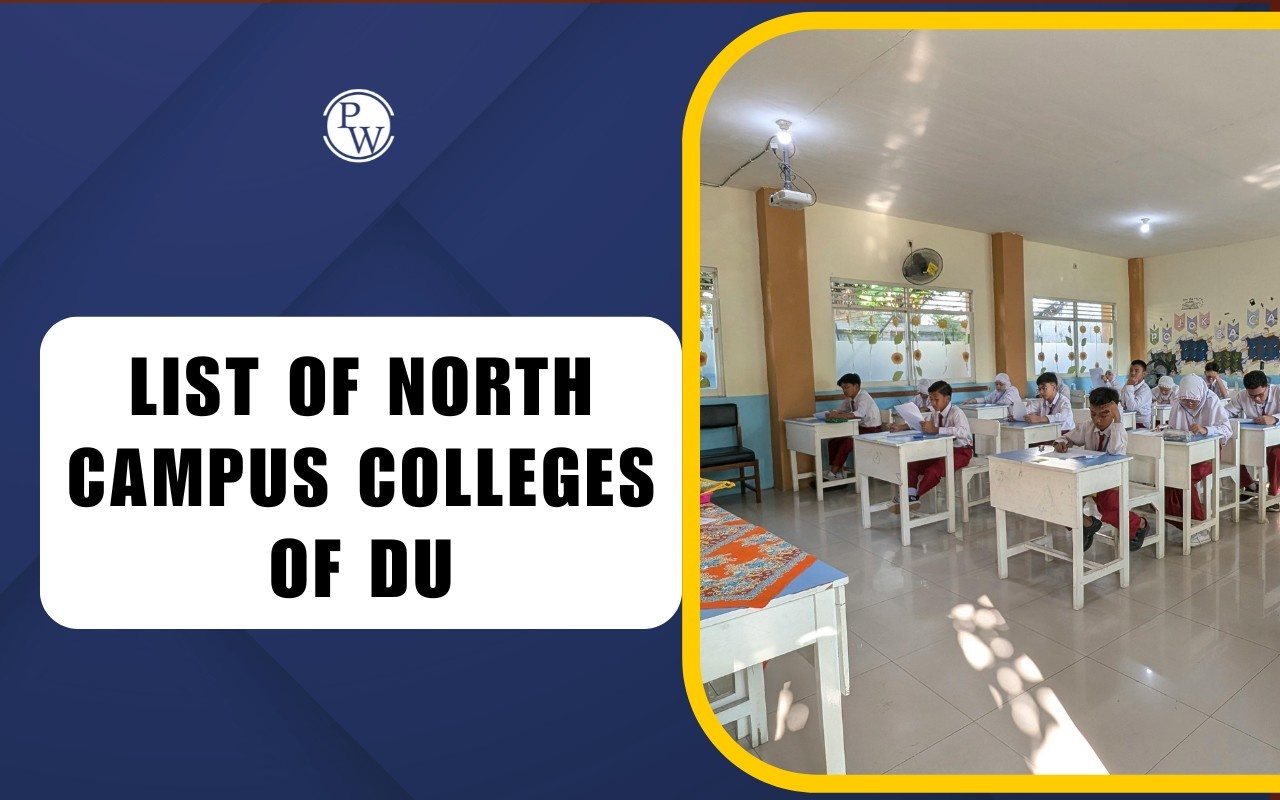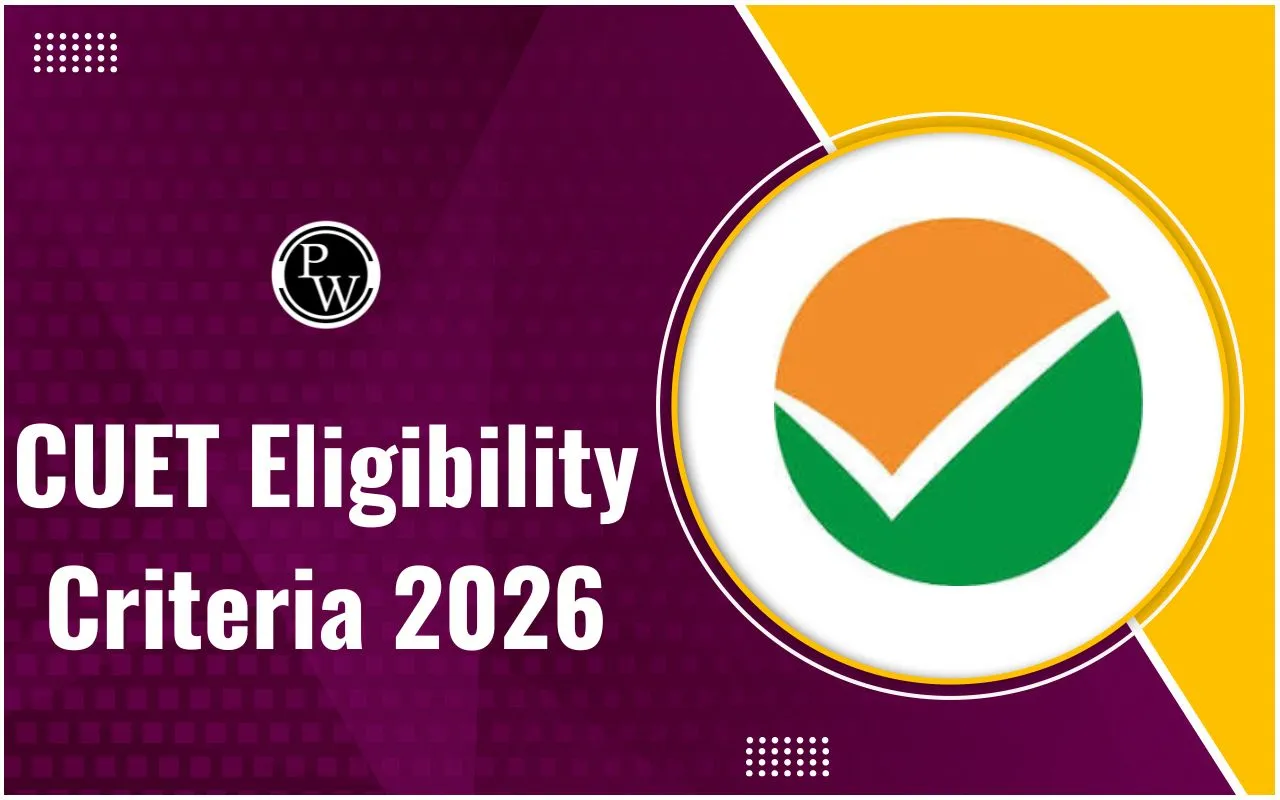
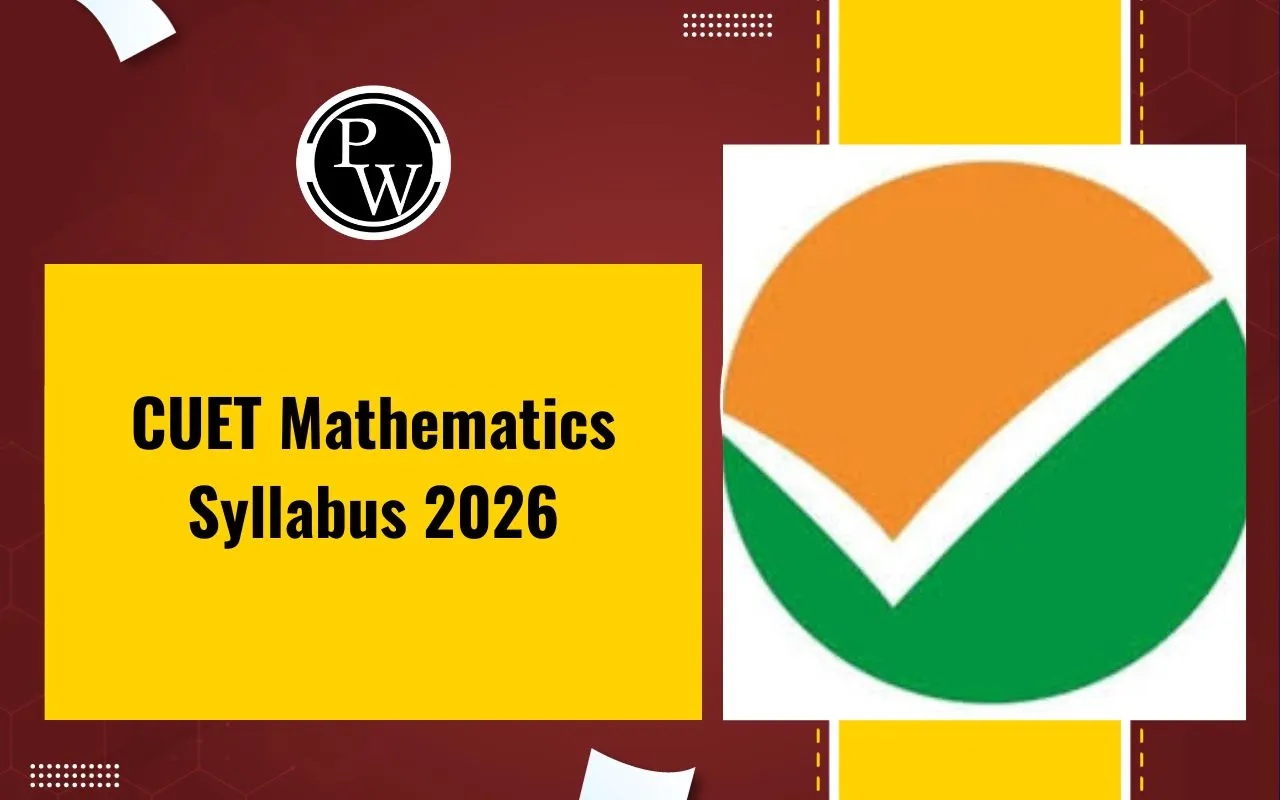
CUET Mathematics Syllabus 2026 for UG programs is a vital roadmap for aspirants preparing to pursue undergraduate courses in top universities across India. If you are aiming to pursue courses like B.Sc. Mathematics, B.Tech, B.Com (Hons.), or Statistics, having a deep understanding of the CUET UG Mathematics Syllabus 2026 is essential to score well and secure your dream seat. The syllabus is divided into Section A (common) and Section B (Mathematics or Applied Mathematics), covering topics like Algebra, Calculus, Linear Programming, Probability, and Vectors. Candidates must prepare from the NCERT Class 11 and 12 textbooks and focus on important chapters like Integrals, Differential Equations, and Vectors. Understanding the latest CUET Maths marks distribution and practicing previous year questions will be crucial for effective preparation.
CUET UG Mathematics Syllabus 2026 Overview
The CUET (Common University Entrance Test) UG Maths paper is divided into two main parts:
-
Section A – Compulsory for all students (covers common topics from Mathematics and Applied Mathematics)
-
Section B – Divided into:
-
Section B1 (Mathematics)
-
Section B2 (Applied Mathematics)
Students must attempt either Section B1 or Section B2, depending on the course requirements of the desired university.
Also Check : CUET Syllabus
CUET Mathematics Chapter-wise Syllabus
Here is the CUET UG 2026 Mathematics Chapter-wise Syllabus for both Mathematics (B1) and Applied Mathematics (B2) as per the latest NCERT and NTA guidelines.
Section A1 (Common Topics)
Here is the Section A1 (Common Topics) from the CUET Mathematics Syllabus—these topics are generally included in the CUET UG Mathematics exam and are applicable across various courses:
|
CUET Mathematics Chapter-wise Syllabus (Section A1) |
||
|
Unit |
Chapter |
Topics Covered |
|
Algebra |
Matrices & Determinants |
Types, operations, inverses, solving linear equations using matrices |
|
Calculus |
Higher Order Derivatives |
Second derivatives, implicit differentiation |
|
Calculus |
Maxima and Minima |
First & second derivative tests |
|
Calculus |
Increasing/Decreasing Functions |
Intervals of increase/decrease using derivatives |
|
Integration |
Indefinite & Definite Integration |
Basic integration techniques and definite integral properties |
|
Applications of Integration |
Area under Curves |
Using definite integrals to find areas under standard curves |
|
Differential Equations |
Separable Type |
Order, degree, solving by variable separation |
|
Probability Distributions |
Random Variables |
Basic understanding and expected value |
|
Linear Programming |
Graphical Method |
Two-variable problems, feasible region, optimal solutions |
Section B1: Mathematics (Choose this for mathematics-based UG courses)
UNIT I: Relations & Functions
-
Types of relations: reflexive, symmetric, transitive, equivalence
-
Functions: one-to-one, onto, inverse trigonometric functions and their graphs
UNIT II: Algebra
-
Matrices and determinants (up to 3×3): operations, minors/cofactors, invertibility, solving systems using matrix inverses
Also Check : CUET Eligibility Criteria
UNIT III: Calculus
-
Continuity & Differentiability : Chain rule, derivatives of inverse trig, exponential/log functions, parametric differentiation, second-order derivatives
-
Applications of Derivatives : Rate of change, tangents, normals, maxima/minima, practical problem-solving
-
Integration : Techniques like substitution, parts, partial fractions; definite integrals and areas under curves
-
Differential Equations :First-order equations: variable separable, homogeneous, linear type
UNIT IV: Vectors & 3D Geometry
-
Scalar and vector operations: addition, dot/cross products
-
Equations of lines and planes in space, distances, angles
UNIT V: Linear Programming
-
Formulation of LPPs, graphical solutions, identifying feasible, infeasible, and optimal regions
UNIT VI: Probability
-
Conditional probability, Bayes' theorem, random variables and expectations
Section B2: Applied Mathematics (Choose this for application-focused UG courses)
UNIT I: Numbers & Quantitative Applications
-
Topics include modular arithmetic, mixture & allegation, boats & streams, pipes & cisterns, races & games, and numerical inequalities
UNIT II: Algebra (Applied)
-
Matrices, determinant, inverses, and solving systems with up to three variables
UNIT III: Calculus (Applied)
-
Higher derivatives, marginal cost/revenue, maxima/minima, basic integration
UNIT IV: Probability Distributions
-
Discrete distributions including binomial, Poisson, normal; calculation of mean and variance
UNIT V: Index Numbers & Time Series
-
Time-series components, trend analysis, moving averages
UNIT VI: Inferential Statistics
-
Sampling methods, central limit theorem, hypothesis testing (t-tests)
UNIT VII: Financial Mathematics
-
Perpetuity, sinking fund, EMI calculations, compound annual growth rate, depreciation
UNIT VIII: Linear Programming
-
Graphical solutions, feasible/infeasible regions, optimal solutions
Also Check : CUET Exam Pattern
CUET UG Mathematics Exam Pattern 2026
To crack the CUET Mathematics exam efficiently, understanding the structure of the paper is the first step:
|
CUET UG Mathematics 2026 Exam Pattern |
|
|
Parameter |
Details |
|
Mode of Exam |
Online (Computer-Based Test) |
|
Question Format |
Objective (MCQs – Multiple Choice) |
|
Total Questions |
50 (All are to be attempted) |
|
Total Marks |
250 |
|
Time Allotted |
60 minutes |
|
Scoring Pattern |
+5 marks for each correct answer |
|
–1 mark deducted for each wrong answer |
|
CUET Mathematics Syllabus PDF
Official CUET Mathematics 2026 syllabus PDF will be released soon by the National Testing Agency (NTA) on its official website. Students aiming to appear for the exam should not wait and begin their preparation using the CUET Mathematics 2025 syllabus PDF as a reliable reference. The syllabus covers important topics such as Relations and Functions, Algebra, Calculus, Vectors, Probability, and more—mostly aligned with NCERT Class 12 content. Regular practice of MCQs, solving previous year papers, and mastering NCERT fundamentals will help students build a strong foundation.
CUET Mathematics Syllabus
Preparation Tips for CUET Mathematics
1. Break Down the Syllabus : Group topics under major sections like Algebra, Calculus, Geometry, and Statistics. Work on one section completely before moving on.
2. Stick to NCERT First : Master NCERT textbooks before trying advanced material. Questions are often based directly on NCERT concepts and methods.
3. Strengthen Core Topics : Pay extra attention to high-weightage topics like integration, differentiation, matrices, and probability, as these are common in CUET papers.
4. Practice Regularly : Solve chapter-wise MCQs after finishing each topic. Use standard question banks and take mock tests at regular intervals.
5. Analyze Mistakes : After each test, review your incorrect attempts. Understand the reason behind every mistake and revise that concept.
6. Stay Time-Smart : Use a timer while solving practice tests. This builds speed and reduces panic during the actual exam.
7. Make Revision Cards : Use flashcards or sticky notes to write formulas, theorems, and shortcuts. These are excellent for last-minute revision.
Physics Wallah provides CUET UG Online Coaching with live classes, study materials, and practice tests. The courses are designed to make learning simple and effective, helping you prepare for your CUET UG exams with ease.
|
CUET UG Exam Important Links |
|
CUET Mathematics Syllabus 2026 FAQs
Is the CUET Mathematics Syllabus 2026 released?
Where can I download the official CUET Mathematics syllabus PDF for 2026?
Is there any change expected in the CUET UG Mathematics syllabus 2026?
What topics are covered in the CUET Mathematics syllabus?

